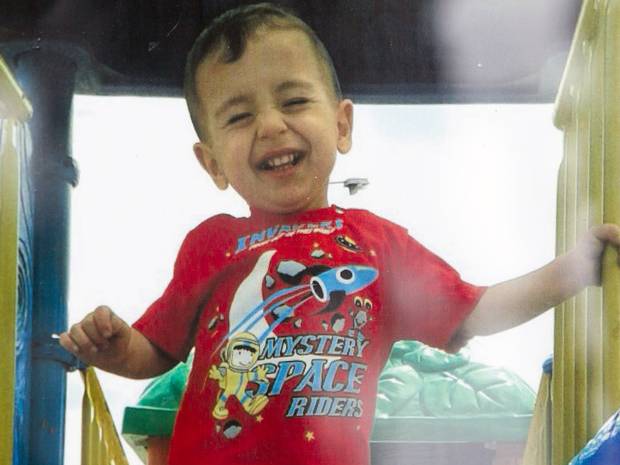“As the picture of the drowned Syrian boy went viral, the emotional outpourings on social media left me somewhat cold,” so says an article in an online magazine, trying to convey that though the death of the young child, (clad fetchingly, it says, in a red T-shirt and blue jeans) was tragic, it showed why ‘we’ are somehow immune to the fine print of tragedies unfolding closer home. Perhaps in the eyes of a starving Indian child who cannot even afford clothes that can make him relatable in the context of, “This could have been my child.”
The child we were collectively mourning, conveyed the article, was just being used as viral currency. He was part of an online wave we all wanted to be a part of as if by sharing his image, we were doing our bit in shifting the power equations monitoring the refugee crisis in Europe.
This is not the first time such observations have been made about collective expression of grief. Why Nirbhaya, they asked, and not so many other rape victims? Why Cecil, the lion and not the tigers perishing in our own sanctuaries? Why so much sympathy for slain Bangladeshi bloggers and not for Kalburgi? As if the moment an issue finds a peg to make a connect with the world at large, it loses its validity. As if one tragedy is in competition with another for sympathy votes. As if mass support for one cause, somehow cancels support for another. Yes, there is a lot in the world to mourn today because tragedy travels and has a sense of immediacy. But there was time when we did not even know what was going on in another neigbourhood.
Even then, Raghu Rai’s image of an unknown child’s burial in Bhopal, the photo of Phan Thi Kim Phúc clicked by photographer Nick Ut during the Vietnam War as she ran naked on a road, Qutubuddin Ansari clicked by Arko Datta during the 2002 Godhra riots, as he pleaded with a mob, the Afghan girl in a Pakistan refugee camp clicked by Steve McCurry, Daniel Pearl’s picture in captivity, a lone falling man clicked against the WTC towers during the 9/11 attack, the Auschwitz’s chambers of horrors, Anne Frank’s smiling face, Phoolan Devi’s red shawl, bandana and khaki clad image, are all memories that brought home to us, tragedies, the extent and span of which remains incomprehensible even today.
These photographs were not about certain people who were somehow more important than others like them but about contexts. These images represented the end of innocence at the hands of political and moral corruption, inequities and the human stupidity that cause needless pain and inflict upon their random victims, a devastating sense of loss. And a world view that can never really return to normalcy unless we as human citizens react collectively with empathy and ask for change. Today Edward Snowden and Julian Assange are not distant emblems of defiance that has nothing to do with us. If the pro-democracy protest in Beijing’s Tiananmen Square ( brutally squashed in 1989) had happened today, we would have been a part of it just as we were of the 2010 Arab uprisings.
In the end, the little washed up boy we mourned was not more or less important than the children suffering all sorts of injustices in India and other parts of the world.
Our pain at his loss had nothing to do with how well dressed he was. We mourned for him because in his death, he achieved what he could not in life. A sense of solidarity for countless innocent babies displaced by violence and their parents who despite their best efforts, cannot protect them. If there is guilt to be appropriated, it should be only for one reason alone. That it takes a majestic lion’s brutal killing to wake us up to the pointlessness of trophy hunting.
And that till we saw a little boy’s limp body on an unwelcoming shore, we did not really understand the human story behind the refugee crisis in Europe.
Reema Moudgil works for The New Indian Express, is the author of Perfect Eight, the editor of Chicken Soup for the Soul-Indian Women, a translator who recently interpreted Dominican poet Josefina Baez’s book Comrade Bliss Ain’t Playing in Hindi, an artist, a former Urdu RJ and a mother. She won an award for her writing/book from the Public Relations Council of India in association with Bangalore University, has written for a host of national and international magazines since 1994 on cinema, theatre, music, art, architecture and more, has exhibited her art in India and the US…and hopes to travel more and to grow more dimensions as a person. And to be restful, and alive in equal measure.







 with
with